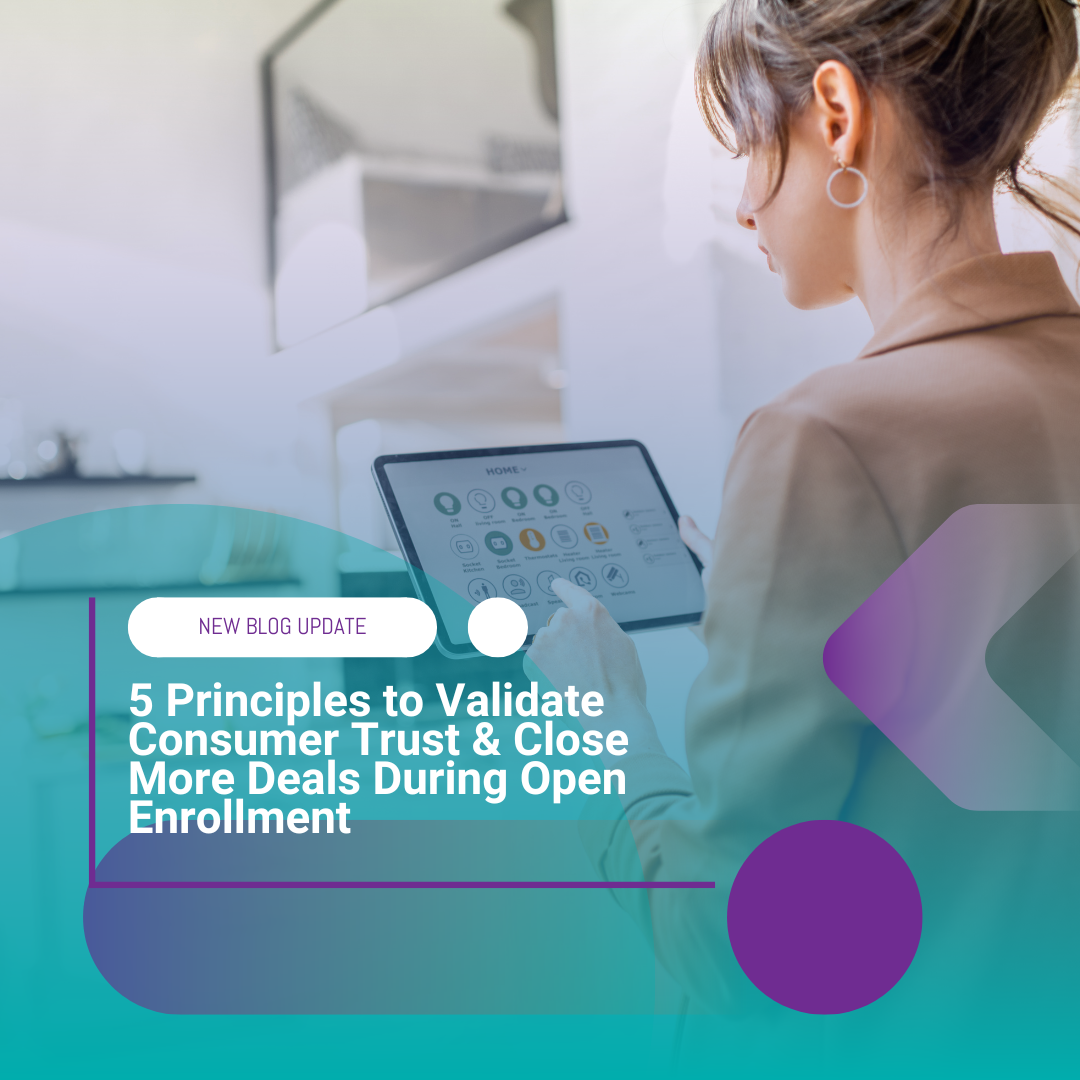3 min read
Build Trust to Boost Sales At Your Financial Institution.
 Jay Thomas
:
July 17, 2019 at 11:45 AM
Jay Thomas
:
July 17, 2019 at 11:45 AM


Trust in financial services has flatlined in recent years. For example, the 2018 Edelman Trust Barometer showed a 20-point drop in trust from the informed American public. Why?
In 2019, leading indicators in finance are dropping globally. Plus, retail sales are falling. Consumers, businesses, and money managers know a downturn is coming. With the 2008 financial crisis in recent memory, apprehensions are high.
However, more than just bad decisions are to blame for this decline. A study of U.S. finance found that firms were losing sight of customer satisfaction long before the 2008 financial crisis.
The decline in trust came from depersonalizing operations and diverging from personal accountability. Firms that kept strong human connections with customers won out. More trustworthy firms were better responders when the financial crisis arrived. What’s the lesson here?
While trust won’t eliminate confusion in a crisis, it does provide a basis for security. That’s why trust in finance isn’t optional. It’s an essential quality that fosters loyalty and business growth. To build trust, start with the basics and grow from there.
Start with the basics
You already know the fundamentals of financial services sales:
- Always aim for the best customer service.
- Avoid using complicated financial jargon.
- Avoid wasting time by striving to speed up or cut administration tasks.
- Don’t give misleading advice.
- Stay on-brand with your messaging.
- Streamline your sales content processes, including legal compliance.
These tips work to start building trust. Yet, today’s customers expect more from their providers — they want innovation. Almost a third of retail bank customers are now using solely digital channels. Nimble financial technology (fintech) startups have an advantage with new models, products, and services. The agility they get from being new and unattached to outdated methods has allowed them to draw business away from traditional companies. Fintech competitors are fighting for investors time and resources and know that they need to do more than state traditional positive financial returns to attract those investors. What can traditional organizations do to keep pace?
Use novel strategies to increase sales at your organization
Not every strategy can be immediately connected to sales. Sometimes a little ingenuity and courage are required to make decisions that will have the greatest long-term impact. Here are four not-so-obvious strategies designed to help you improve employee satisfaction, increase your efficiency, and grow your market.
1. Invest in your workplace to boost productivity. A retail banking study found that higher job satisfaction may increase short term productivity. It also showed that you can improve your sales team’s satisfaction through:
- Higher pay
- Closer alignment on goals
- More meaning in the seller experience
While it may not be possible to implement all of these tactics, you should be able to find ways to improve your current employee offerings.
2. Try some novelty. While novelty is not a natural part of financial services, it works in retail. A unique solution for your demographic can truly dazzle, stopping a client in their tracks. For example, in a trial run of a robot salesclerks, Japanese researchers showed that average daily sales more than doubled.
Novelty may be behind the success of the fintech industry. With new products and services, fintech companies that are developing novel solutions are gaining ground on their competitors.
3. Improve the relationship between sales and marketing. A lack of alignment between departments can account for up to 10 percent of lost revenue. This loss of revenue comes from different departments having different goals which leads to division and inefficiency. Added to that, the two departments must share a budget and vie for resources.
With sales and marketing pulling in different directions, why pursue alignment? Finding a balance is profitable. Companies that improve relationships between sales and marketing can increase revenue 32 percent faster than misaligned teams.
4. Reach out to underserved audiences. About 13 percent of the population lives with a disability. Are your products and services accessible for people with mobility, cognitive, auditory, and visual restrictions? Implementing these improvements will allow you to reach an underserved population who are in need of financial and banking support.
Furthermore, are you reaching the underprivileged? Where are your under-banked, low-income, or rural area customers? Almost 19 percent of households are underbanked. Underbanked households have a bank account but also pursue financial products outside of the banking system, such as cash, bitcoin, or peer-to-peer.
Using these strategies can have a major impact on your organization. However, the moral of the story isn’t to blindly copy them all. It’s that sometimes the right solution isn’t something you’ll find in a Business 101 textbook.
Build trust by thinking outside instituted norms of sales
Investing in your workplace, aligning your messaging, and creating novel products all have something in common. They build trust with your consumers. With a committed workforce, you can offer customer service that delights. When you create novel solutions that solve customer problems and serve neglected demographics, you demonstrate real values. However, building trust is just the start.
Today’s investor needs a provider to work the way they do. They need to harness modern platforms, find efficiencies and use real-time data. If you’re in a distributed sales and marketing system, Triptych could be the perfect solution. Triptych’s unique sales-enablement platform allows you and your partners to find the right content at the right time for every deal.

Building Trust and Transparency: Key to Effective Financial Services Marketing
In the highly regulated and competitive world of financial services, trust and transparency are the cornerstones of effective marketing. Customers...

5 Principles to Validate Consumer Trust & Close More Deals During Open Enrollment
Trust is one of the most important aspects of any agent-consumer relationship—especially in industries like healthcare and finance, which handle...




